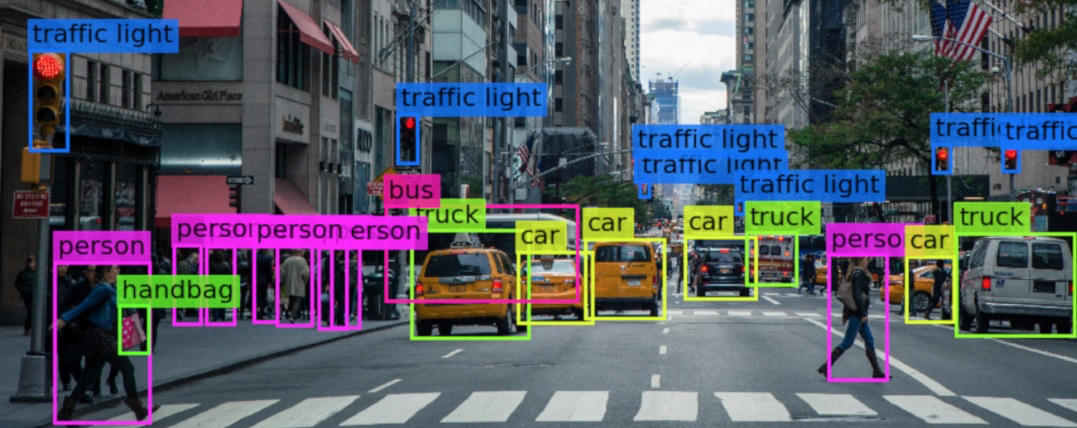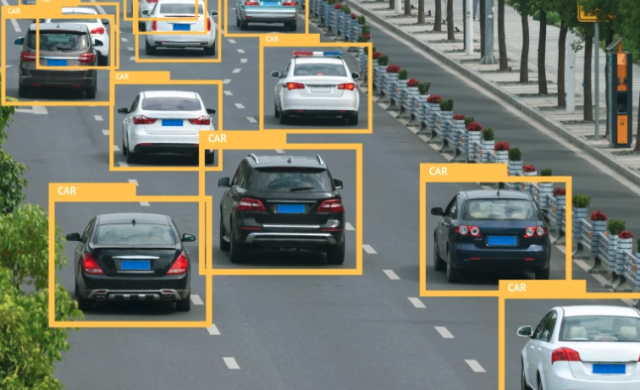Today, artificial intelligence labeling has long been common in our lives. Such as “face recognition” and “voice wake-up audio” all belong to the category of artificial intelligence. When it comes to artificial intelligence, we must talk about data annotation. Data annotation is to output “data” for artificial intelligence research that can be used for research. So, what exactly is data annotation, and what is the role of data annotation? Let’s introduce it in detail.

What is Data Labeling?
Data annotation is the process of annotating data in various formats, such as video, images, or text, so that machines can understand the data. For supervised machine learning, data annotation is very important because ML models need to understand input patterns to process them and produce accurate results. Supervised ML model training and learning on correctly labeled data and solving the following problems:
Classification: assigning test data into specific categories. For example, predicting whether a patient is sick and assigning their health data to the “sick” or “not sick” category.
Regression: Establishes the relationship between dependent and independent variables. For example, estimate the relationship between advertising budget and product sales.
What does data labeling do?
The current mainstream machine learning method is mainly supervised deep learning method, which has a strong dependence on labeled data. Raw data that has not been labeled is mostly unstructured data, which cannot be recognized and learned by machines. Only the data that has been labeled and processed becomes structured data that can be used by algorithm training.
1. Chatbots and voice assistants are trained to have human-like conversations with customers;
2. Return higher quality results for search queries;
3. Home IoT devices can detect everything labeling from human voices to sudden movements in the home, improving accessibility and home security;
4. Online videos, images, and articles have become increasingly accessible to users who are visually or hearing impaired. Speech recognition technology also increases the reach of accessibility on mobile and desktop devices;
5. Facial and body recognition tools can be used for everything from improved biosecurity to AI-driven medical diagnosis;
6. New technologies such as self-driving cars can read and implement scene-based data, replacing most human actions.

